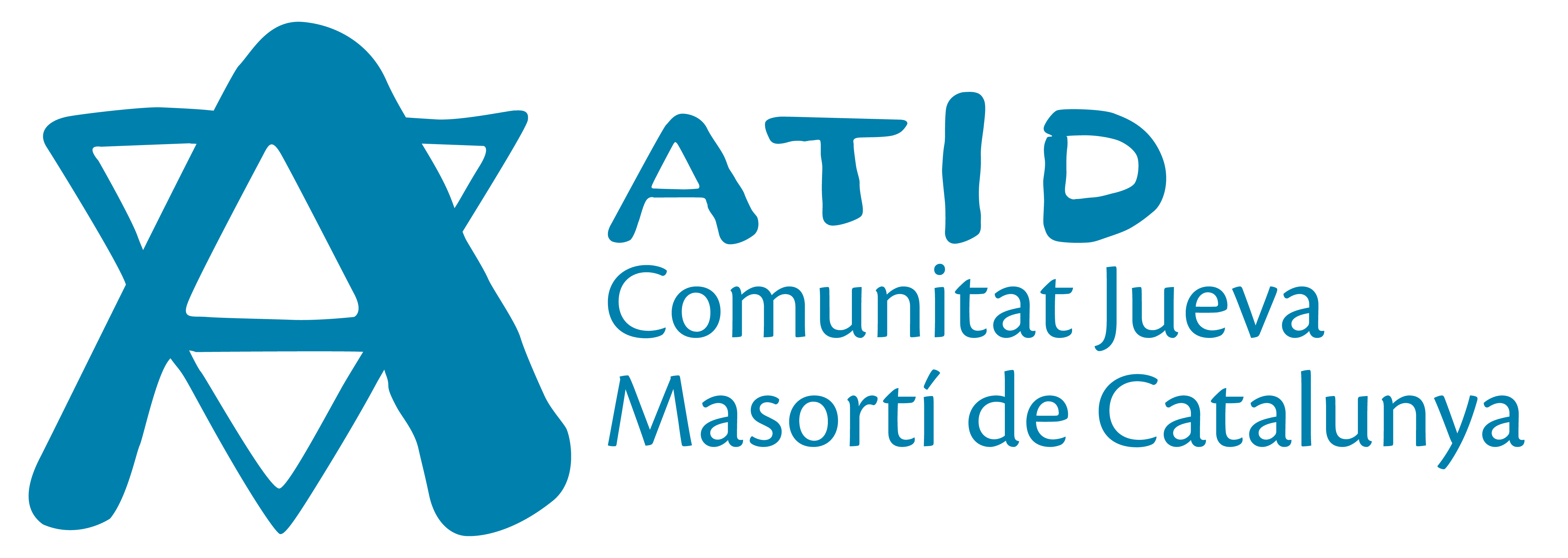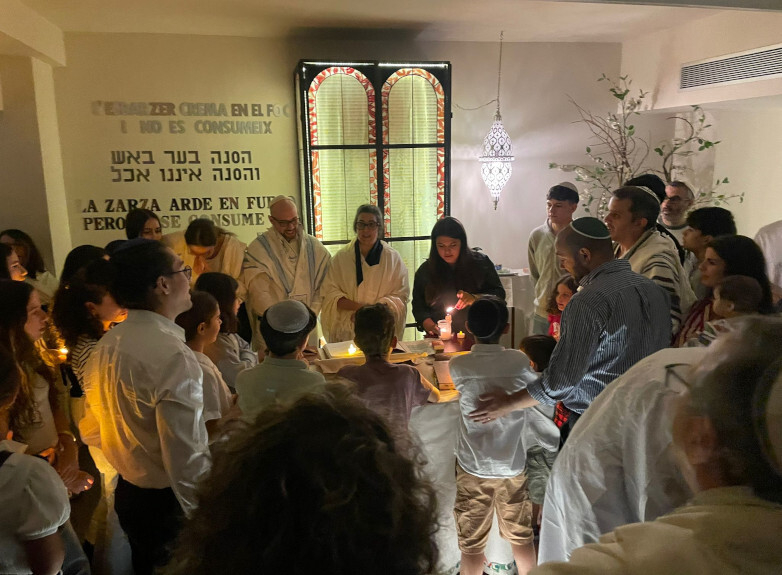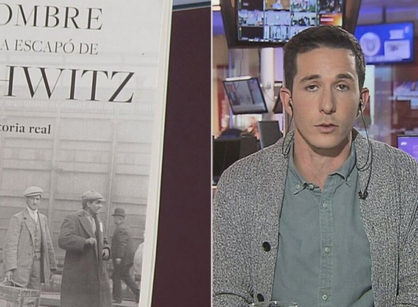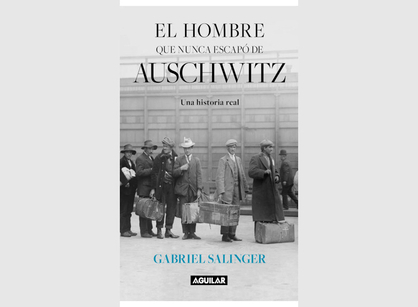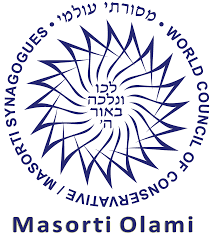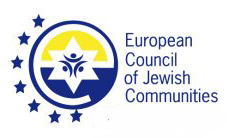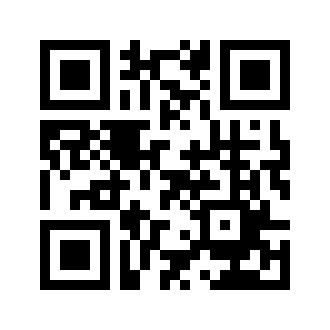YOM KIPPUR 5785
How do you explain to a child what Yom Kippur is? Not so they know the theory and can give a more or less coherent explanation that satisfies the rabbi, but so they can internalize the experience of the Yamim Noraim that culminates in Yom Kippur. It’s very difficult—even adults struggle to find words to explain what we feel or what happens to us on Yom Kippur and why it’s so important.
I learned from Rabbi Kucera that one of the best activities to help children understand Yom Kippur is mazes, where children have to “find their way home” or help an animal “find the way out” of the maze. I suppose what this activity was meant to convey is that on Yom Kippur, one must complete their teshuva, their return, so to speak, and the maze activity shows this concept to children through play. However, finding the way out of a maze is not the same as finding the way home. Is teshuva an exit or a return home? If instead of a children’s activity, it were one for adults, what would the maze represent for us?
The RAE (Royal Spanish Academy) defines a maze as a “place artificially created by streets and crossroads, designed to confuse those who enter so that they cannot easily find the way out.” Synonyms or related words to “maze” include tangle, mess, confusion, chaos, among others. That is, in Spanish, the word "laberinto" (maze) implies a certain confusion, a place where it is difficult to orient oneself and presents an obstacle to finding the exit.
Interestingly, in English, however, we have at least two words for what we call "laberinto" in Spanish: labyrinth and maze. And they are not the same. The definition of labyrinth, according to the Cambridge Dictionary, is identical to that of the RAE, but the definition of maze is different. A maze is defined as “a complicated system of paths or passages through which people try to find their way for pure entertainment.” So a labyrinth is a place where one tries to find a way out, either to solve a puzzle or simply for entertainment, although there are two different words to define each. It’s no longer just about finding the way home or an exit, but doing so in a state of confusion or for fun.
In Hebrew, the word for labyrinth didn’t exist until Eliezer Ben Yehuda coined the word: מָבוֹך (mavokh), which comes from boj, which could be translated as confused or perplexed, plus the accompanying prefix. Many of you may recognize the root of this word from Maimonides’ Moreh Nebukhim (The Guide for the Perplexed), which he wrote to guide us on the path of Halakha, helping us find a way out of the tangle of Talmudic texts, so to speak.
But let’s return to the metaphor of the maze as a place where we feel confused or perplexed, following Maimonides, with many options to find an exit through trial and error, using our memory to recall where we are, where we’ve been, and where we’re headed. Or as a place where we wander with the purpose of enjoying ourselves while trying to find the exit, or the way home. What would happen if, instead of wandering through the streets and passages of the maze, we tore down all the barriers that make up the maze?
According to Dr. Shlomo Deshen, professor of anthropology at Tel Aviv University, Kol Nidrei is one of those moments in our lives where all the barriers between humans and God fall, between us, between the righteous and the transgressors, between life and death. We enter another dimension where we transcend the barriers that surround us, whether those that tie us to our ego or to the world around us, and we find ourselves in a sacred and transcendent moment that allows us to see clearly and connect with our essence. It’s as if, in the maze of life, we suddenly find ourselves at the center, tearing down the barriers to see clearly where we are headed.
On Yom Kippur, we are no longer wandering through the maze of life or the past year that has brought us here, to this day; we no longer feel confused or perplexed by the streets and passages that might obstruct our path, whether to home or the exit. On Yom Kippur, we can break down the barriers around us and transcend that maze, that chaos of confusion and uncertainty that is life, and focus on the here and now. And it all begins when we hear Kol Nidrei, the most powerful expression of the word, capable of breaking down the barriers that prevent us from seeing the exit or the place we belong, so that we have an entire day ahead of us, connected with ourselves, those around us, and what lies beyond us, and thus decide who we want to be and how we will achieve it, whether by heading towards the exit or returning home.
Gmar Chatima Tova!
Rabi Irene Muzas Calpe

